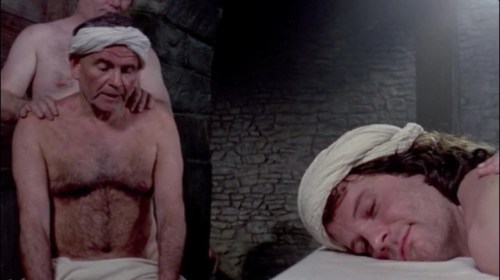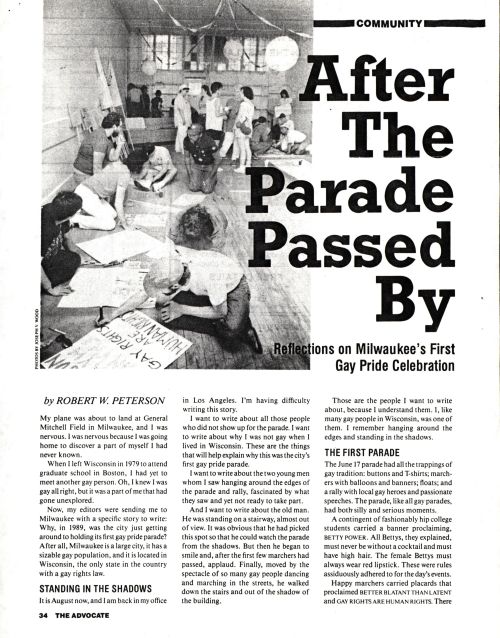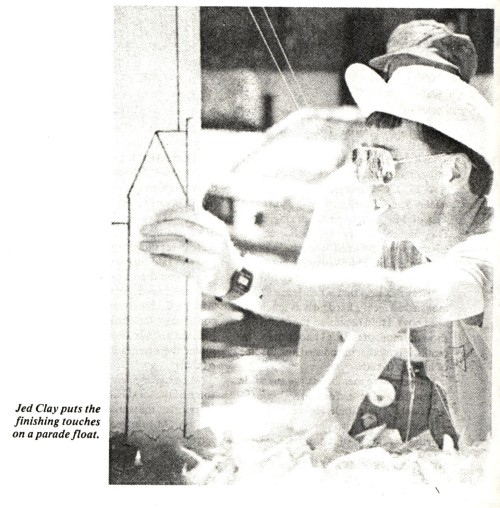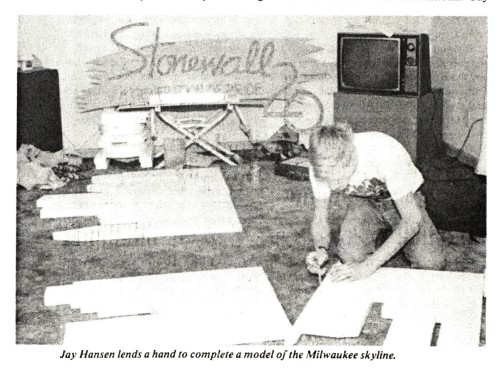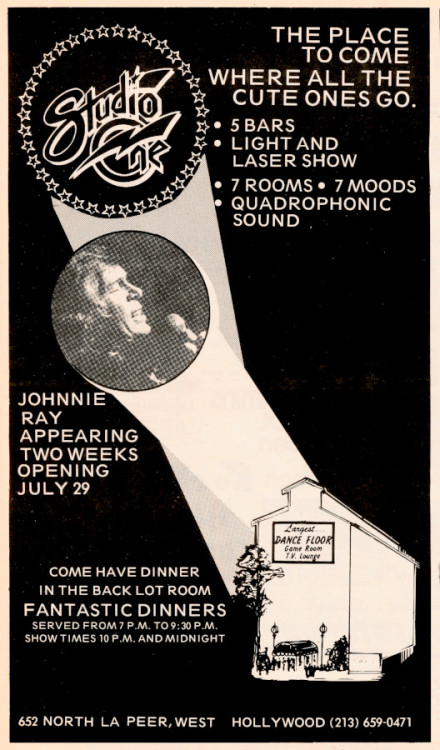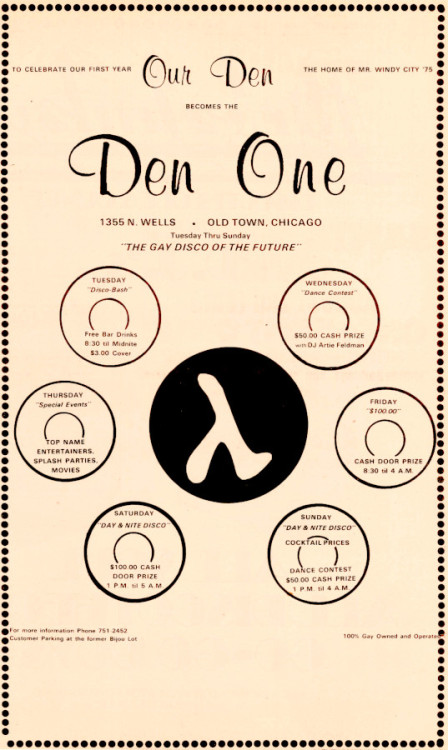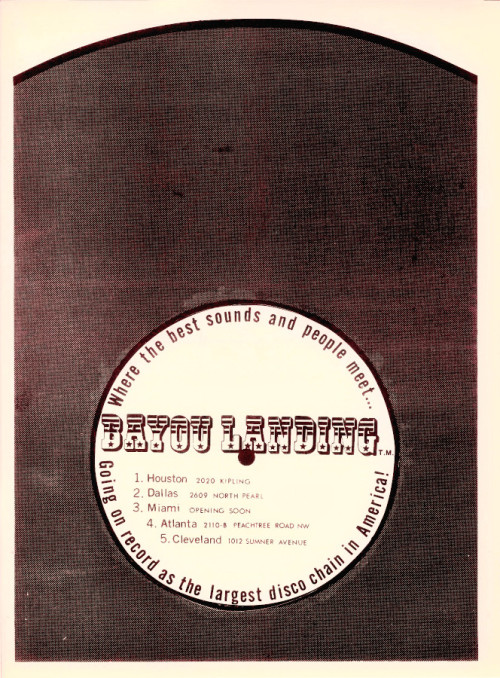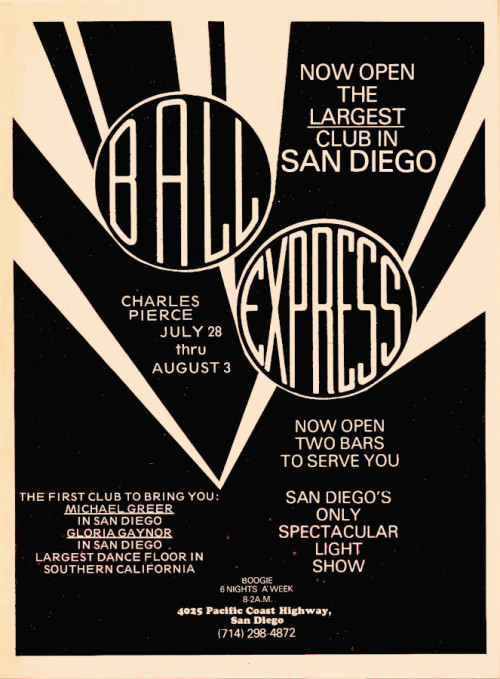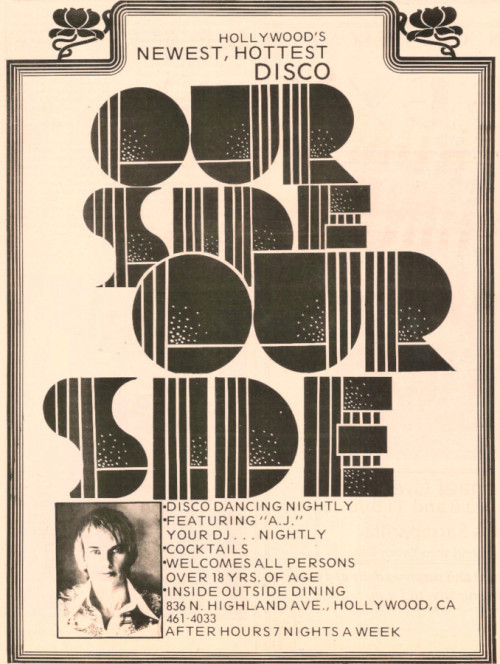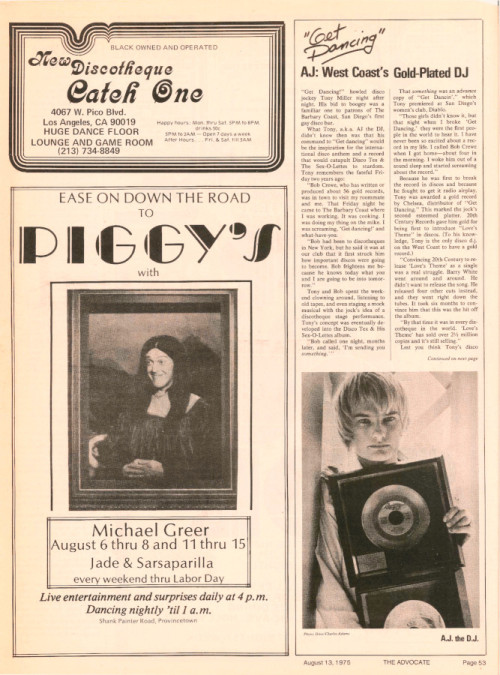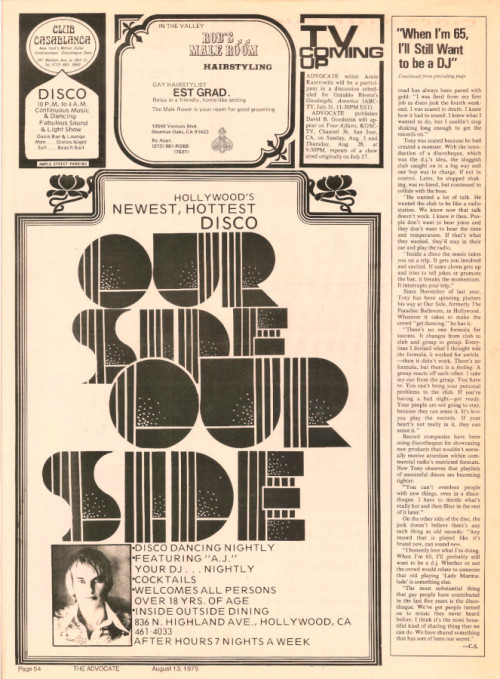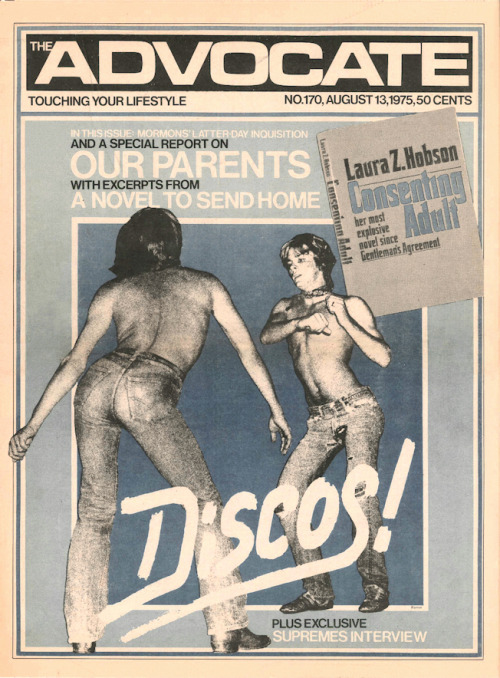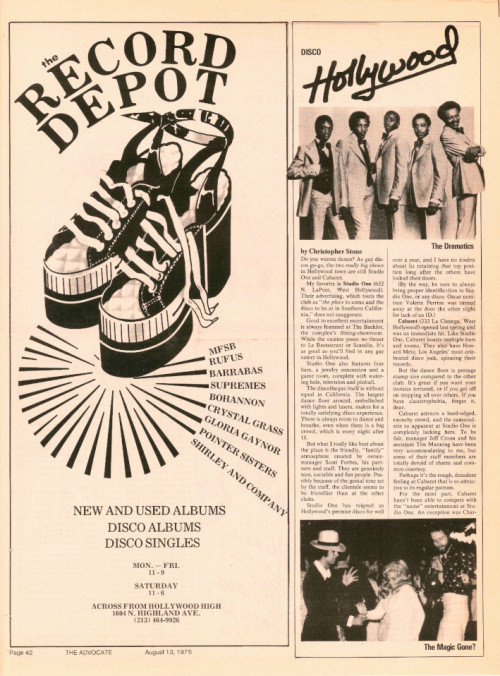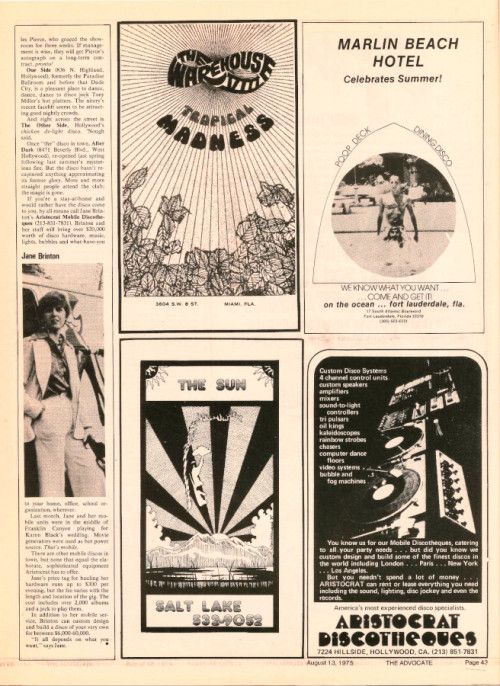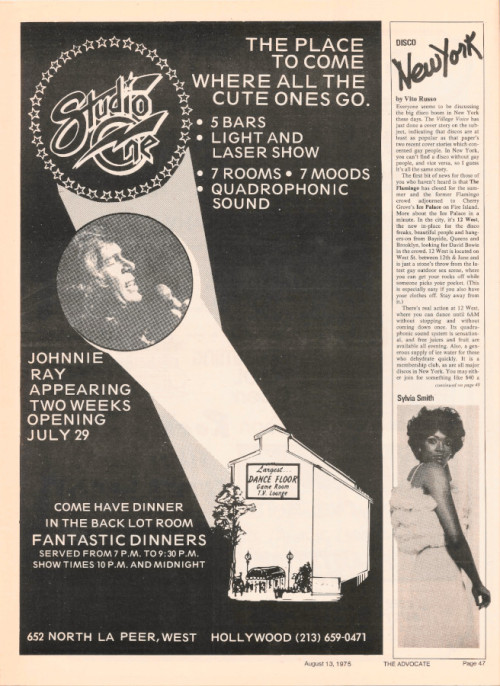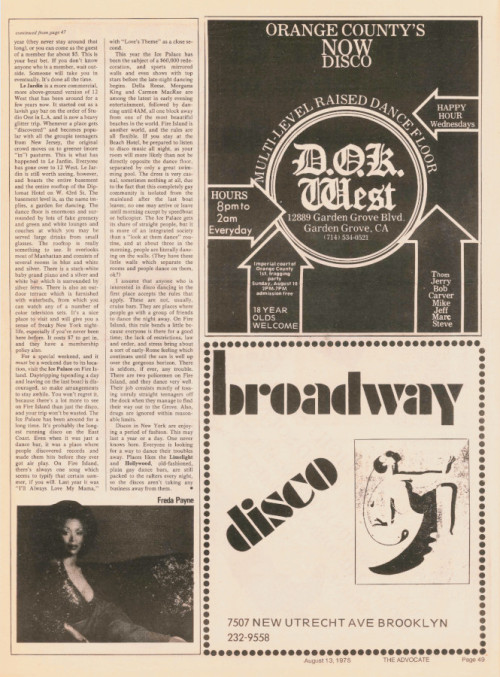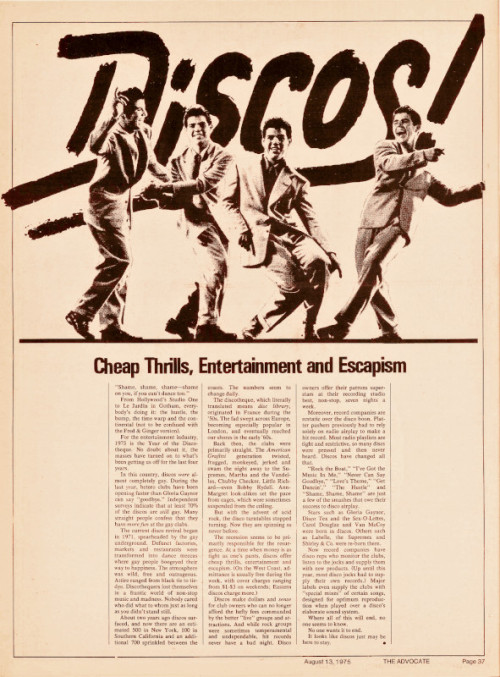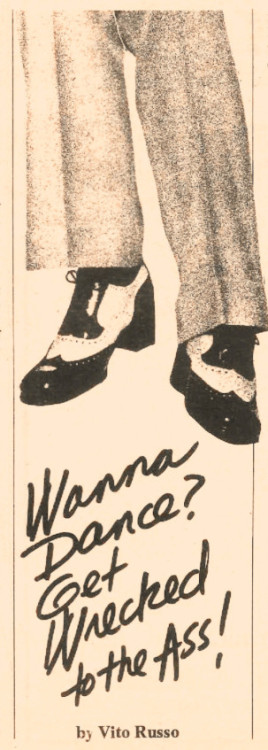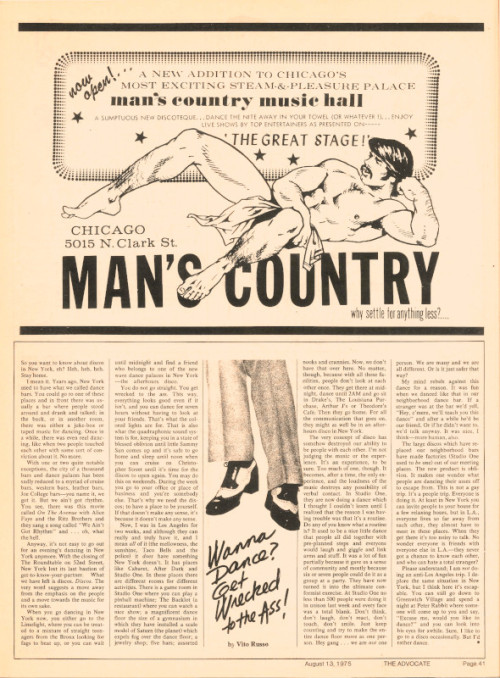#the advocate
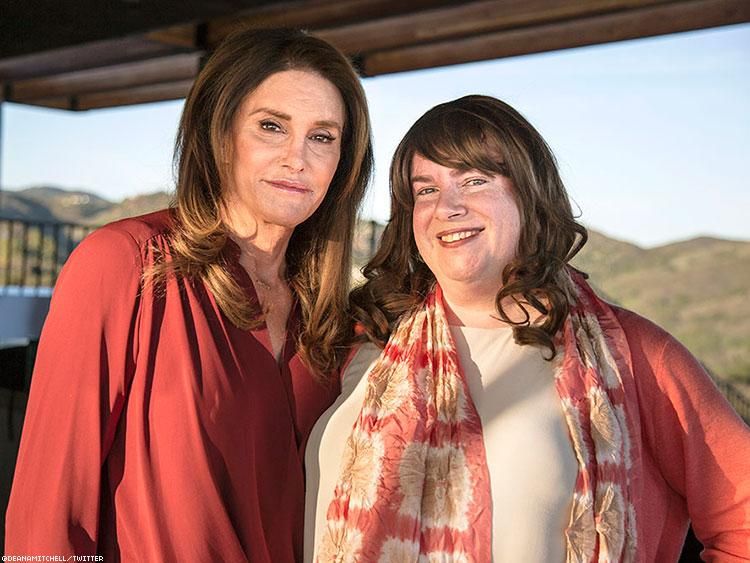
Check it out here.
Mystery: The Advocate and the Adversary
Updated: 8/16/16
SPOILERS THROUGH 2x12
1. Brayden Court, the man with whom Coralee had an “indiscretion,” likens Strand to “the adversary,” AKA, The Devil (as he was quoting the Bible). Court believes that Strand killed Coralee. (1x05)
2. Edward Lewis, the member of the Brothers of the Mount who kidnapped Sebastian Torres, asks Strand, “during those quiet times, when it’s just you and the darkness, have you ever felt an other?” He also says that The Advocate has been watching Strand “all his life.” He then links Simon Reese to Sebastian Torres, saying both are “gifted” children. (1x12)
3. Strand believes that Thomas Warren is The Advocate because he’s a lawyer. Nic questions this. (2x03)
4. A hacker claims to have a picture of The Advocate and says that as of 2015, he is “recruiting.” Among his intended recruits: a special prosecutor who took down fraudulent bankers in Iceland (Olafur Hauksson), Elon Musk, Richard Strand. (2x07)
5. A decoded message from a person believed to be Coralee Strand (left on the back of a painting from their honeymoon suite) instructs Richard, “Leave me. Find Advocate. Simon Reese.“ (2x08)
6. E. Hausdorff repeatedly disturbed other patients at Riverview with talk of “the adversary.” Hausdorff also attempted to blind himself and peel his face off. (2x08)
7. Coralee Strand was an agent for “some kind of shadow organization led by the Advocate,” per Richard. As he relates the conversation they had in the bedroom of the AirBnB safe house, he says “ She told me that she fell in love with me, and continued to protect me because of that love. She indicated that she began protecting me from both sides at that point. That’s when they took her. That’s when she disappeared, when she turned on her own organization. She was on the run from her handlers.” Coralee further warns Richard that The Advocate had been watching him for a long time, and that they are preparing something “big.”
Notably, Coralee doesn’t know who the Advocate is, but she believes it could be Thomas Warren, and that he, through Daiva Corporation has been working together with the Order of the Cenophus to bring about “some kind of… something.” (2x12) For more information, see The Disappearance of Coralee Strand.
8. Simon Reese leaves a long voice mail for Alex, in which he says:
“I’m sure by now you’ve realized the interconnectedness of all things. Or, at least the interconnecteness of your things. The children, the shadows, the doors, they’re all… they’re here for Him.
“Some call him the Adversary, some call him other things, but if you build it, he will come. And when he does, he brings chaos, and madness, and death.
"What you’re calling the Unsound? That wasn’t what you thought it was. You weren’t going to die within a year. That was only the first gate. There are five gates, Alex. You have to hear all five in a row in order to be infected.
"You see, Alex, it’s a curse… it’s a virus. The end is not coming with a bang, but within each of us. Those who hear the five movements of the Mysterium, in order, will be followed by a darkness, by evil. When they turn out the lights, their darkness will be a little darker than most. When they look into the shadows, they’ll see a little farther than most. And when the time is come, they will enter his kingdom, and the world will be lost. Goodbye, Alex.” (2x12)
Mystery: Thomas Warren / DaivaCorp / Luciternica Resources
Updated 8/16/16
SPOILERS THROUGH 2x12
1. Daiva Corporation, a major international energy corporation, funds research into the paranormal. (2x09) Its CEO is Thomas Warren. Warren is on the Fortune 500 list. He is also described by Alex as “Sexy James Bond.” (2x01) Regularly scheduled to speak at conferences, Warren is reclusive and often cancels. (2x07) He splits his time between San Francisco, London, and Seattle, and travels frequently. (2x02)
2. For some reason, Thomas Warren contacts Alex under then name Carl Jenkins to set up a meeting, insisting Strand be there. He doesn’t say much of anything, but he does steal Strand’s coffee cup. (1x11)
3. DaivaCorp was behind the not-for-profit company bankrolling Strand’s speaking engagements in Seattle. (2x02)
4. Warren was involved in an archaeological dig in Hillah, Iraq. Strand believes this may have had something to do with Tiamat, and that Warren may have found the Horn of Tiamat. (2x03) For more information, see The Cult of Tiamat.
5. Because he is a lawyer, Strand believes Warren to be “the Advocate.” Strand also believes that Warren and Coralee are connected in some way, and that Warren “had something” on Coralee. (2x03)
6. Warren may have been present at the exorcisms of both Jessica Wheldon and “John” (false name). At John’s exorcism, men in business suits explained that there was a “new way” to fight Satan, but symbols relating to opening demonic portals (including the upside down face) were present there. At John’s exorcism, these strange men used a machine to “cure” John of the outward signs of his possession. (2x07)
7. Simon Reese tells Alex to focus on finding Thomas Warren’s machine. “Find the machine, and you’ll find the man behind it.” (2x09)
8. Before her disappearance, Sammie the Hacker transmitted information to the TBT team in the form of a fax sound, which one of Nic’s friends (presumably MK) decoded. It included a handful of incorporation documents, research grants, and board of director lists. (2x09)
9. A subsidiary of DaivaCorp is Luciternica Resources, a robotics lab. Thomas Warren sits on the board of directors. They very likely produced the machine used on “John.” The machines were delivered to Warren under the guise of being Pachinko machines. (2x10)
10. The machines produced by Luciternica Resources feature symbols connected to the Cult of Tiamat. A small plate that looks like a serial number plate above the door to the back of the machine features the same symbol from cave paintings and Coralee’s ring. (2x10) The symbol also appears over a tomb in Cairo where, in 1955, a disputed page reported to be from the Gospel of Truth was unearthed. (2x11) For more information, see The Cult of Tiamat.
11. In 2x11, Thomas Warren attempted to set a meeting with Nic and Alex. After some clarification, Strand is allowed to come to the meeting, but no recording devices are allowed. As they are about to go in, they see a big security team heading their way, armed with guns. Just before the security team closes on them, Coralee shows up and (ostensibly) rescues them, saying “get into the van if you want to live.”
12. Continuing from 2x12, Coralee delivers Alex and Strand to a safehouse, where it is revealed that during their marriage, Coralee had been working for an organization run by the Advocate through Thomas Warren. As Warren’s agent, she was tasked with reporting Strand’s whereabouts and protecting him, confirming that the Advocate had been closely watching Strand. She warns him against Daiva Corporation, stating that they believe Strand’s family hold a “genetic key” crucial to their ends, and says she believes that they may be working in conjunction with the Order of the Cenophus. (2x12) For more on this, see The Disappearance of Coralee Strand.
13. Strand finally meets with Thomas Warren in the season 2 finale, and Warren offers him a job on their team as they work on some “altruistic” project. As payment, Warren offers to fund The Strand Institute, whose coffers have dwindled over the years. Warren also reveals that Howard Strand did not, in fact, die in an accident, but was murdered. He gave Richard one of Howard’s journals, saying that Howard had worked for Daiva Corporation for seven years, and was in fact working there when he was murdered. (2x12)









For my Intuitive Feelers that are sick of the bright happy aesthetics
(INFP, ENFP, INFJ, ENFJ)
-
Pt. 3 INFJ (Dark Academia Vibes)
In case you missed it last week, Hey Girl It’s Rachel Maddow was featured onlineatThe AdvocateandSheWired. Check out their spread on their fave HGRM picks! Did they include your favorite?
June is Pride Month!
While early LGBTQ+ Pride celebrations, protests, and marches were held in Milwaukee, WI as early as 1971, Milwaukee’s first Pride parade happened on June 17th, 1989. This article comes from a 1989 issue of The Advocate, a prominent LGBTQ magazine that began in Los Angeles, CA in 1967 and continues to represent an important public voice for the LGBTQ+ community today. The excerpt and photographs shown above highlight the preparation that went into Milwaukee’s first Pride parade and the importance it held for members of Milwaukee’s LGBTQ+ community.
The full copy of “After the Parade Passed By” featured here can be found in the Miriam Ben-Shalom Papers, call number UWM Mss 237, here at the UWM Archives.
Post link
Ad for Studio One(652 N. La Peer, West Hollywood, CA).
There’s quite a bit about Studio One out there, one of LA’s pre-eminient disco venues. However, the venue’s legacy these days is tainted by accounts of its racist door policies, which had been the subject of community protest, multiple times.
According to the ONE Archives page on Studio One, “[t]hree pieces of identification were required before even being admitted to the club and that was only if diversity quota has not been met for the night. Women and minorities were turned away from the door while white males were always admitted.”
Regarding this particular ad, I was intrigued by the advertisement for Johnnie Ray’s appearance there, likely at its popular cabaret venue, The Backlot. Someone I hadn’t known of until I saw this ad, Johnnie Ray is an interesting figure in queer pop cultural history. Hearing impaired from a young age, Ray was something of a Rock & Roll pioneer, having come up playing black establishments like Detroit’s Flame Show Bar, where he was known for his emotive, theatrical style. Though never ‘out’ in the quasi-official way we think of today, his queerness remains widely acknowledged. If nothing else, signature songs like “Cry” and “Hernando’s Hideaway” certainly speak to decidedly queer themes and audiences. Battling alcoholism throughout much of his adult life, Johnnie Ray died of liver failure in 1990 at the age of 63.
Post link
Ad for Our Den AKA Den One(1355 N. Wells, Chicago, IL).
Located in Chicago’s Old Town neighbourhood, Den one was a gay venue catering to a mixed black and white clientele. In 1977, 19 year-old House pioneer and legend Ron Hardy would establish his first DJ residency at Den One (see Jacob Arnold’s excellent article about Ron Hardy’s Den One residency at RBMA).
At the time of this ad however, its DJ was Artie Feldman, a regular Chicago contributor to Vince Aletti’sDisco File columns in Record World. By 1978, it would become Carol’s Speakeasy, named after its owner Richard Farnham AKA Mother Carol. Its closure in 1991 appears to have been precipitated by its unfortunate connection to serial killer Jeffrey Dahmer, when it was found that Dahmer picked up one of his victims, 23 year-old Jeremiah Weinbergerthere.
Even as the neighbourhood gentrified around it, 1355 N. Wells would remain abandoned until around 2016 or so, the last time the building appears on Google Street View. By 2017, the building appears to have been demolished.
Post link
Ad for Nickelodeon(141 Mason St., San Francisco, CA).
This venue got a brief mention in Bob Kiggins’ San Francisco Disco Scene column, as a place “where boys can be girls.” Interesting as a document of burgeoning disco DJ culture for an establishment to feature their music and sound above anything else - “ALL SOUL, ALL DISCOTHEQUE,” with the names and photos of their DJs - Allan FrostandDon Miley front and centre.
Not sure how many other discos would employ Universal Studios’Sensurround system (first used on the 1974 film Earthquake) but they made sure to include that in the ad too.
Don Miley would go on to have credits as a writer and/or mixer on records coming out of, or connected to the San Francisco scene, like “Tell Everybody” and “Doin’ It” by Herbie Hancock, and “Get The Feeling” by the Two Tons O’ Fun. Miley also appears to have been one-time DJ and singer Frank Loverde’s manager in the early 80s.
Post link
Ad for the Bayou Landing chain of gay bars and discos in theUS southandmidwest ran by entrepreneur Dennis Sisk and business partner Tony Caterine that seems to have rose as quickly as it fell.
Another half-page ad in the issue (see The Supremes Interview) advertises the opening of their newest Cleveland location. Some of it’s branches became independent gay venues, like the one in Houston, which became The Old Plantation (probably not long after this ad was printed). Though one would question the inclusivity of a name like that today, The Old Plantation would spawn a mini-chain of its own.
Dallas’D Magazine has a fascinating archived piece from 1979 called Lords of an Underground Empire which in part, details the rise of The Old Plantation(s) in both Dallas and Houston and the decline of Bayou Landing chain, with its founders, Sisk and Caterine ending the decade embroiled in drug and fraud charges.
Post link
Ad for Ball Express(4025 Pacific Coast Highway, San Diego, CA).
Housed in a former airplane hangar, the suggestively named Ball Express was apparently the first and biggest gay disco in San Diego and by various online accounts, the place to be in San Diego’s gay scene in the ‘70s. Gloria Gaynor, Eartha Kitt and Sylvester are all said to have played there.
Ball Express is one of the establishments mentioned in the documentaryaboutSan Diego’s Gay Bar History aired by San Diego’s PBS affiliate, KPBS. The venue appears to have lasted from around 1974-1978, reportedly done-in as a result of “storm damage to the roof and slow weeknights.” See an amusing review from 1976 in the San Diego Reader calling it “a segregated in-spot” worth going to for “loosening screws in one’s perspective.”
Post link
Ad for The Dynamic Superiors’Pure Pleasure(1975, Motown): Led by the openly gay singer Tony Washington, they were undoubtedly one of the most progressive acts on Motown at the time. Much of their material (including the advertised album) was written and produced by Ashford & Simpson.Queer Music History has scans of some of their press from the time, including an interview With Washington from a later issue of The Advocate. Sadly, Washington is said to have succumbed to AIDS in the late 1980s, though there’s little official confirmation or details, including from the current lineup’s website.
Post link
Concluding this series of transcribed articles from The Advocate’s August ‘75 ’Discos!“ issue is an interview w/ Hollywood DJ, A.J. Miller.
While not much is known about whatever happened to Miller, the interview is an interesting look into just how influential gay DJs and discos were.
At the time Miller was working at a club called Our Side, which had formerly been the The Paradise Ballroom (owned by the notorious Eddie Nash), which would later become the long-running Probe. Miller was apparently also a close associate of the late writer/producer Bob Crewe and was instrumental in his disco productions at the time.
I love Miller’s last line - “[t]he most substantial thing that gay people have contributed in the last five years is the discotheque. We’ve got people turned on to music they never heard before. I think it’s the most beautiful kind of sharing thing that we can do. We have shared something that has sort of been our secret.”
Scans and full transcription on the main blog.
Post link
Another instalment in this continuing series of time capsules from The Advocate’s August ‘75 Discos! issue. Here, their regular city entertainment columns became a quick trip through the NY, Hollywood, & SF gay disco scenes.
A bit of a lengthy preamble from me on the blog post, had to make a note about the decidedly tainted legacy of LA’s Studio One and it’s racist door policies, which would be the subject of community protest multiple times.
Scans and full transcription on the main blog.
Post link
Another time capsule from The Advocate’s August ‘75Discos! Issue. The intro to their disco coverage written by Christopher Stone, declaring 1975 “the year of the discos.”
Scan and full transcription on the main blog.
Post link
Dusting off the blog again to post another article/time capsule from The Advocate’s August 13, 1975 Discos! Issue. This time, posting an article from the late gay activist VitoRusso. In it, Russo laments the loss of the neighbourhood dance bar in favour of the anonymous mega-disco. Some parallels here to current debates around the rise of apps and the decline of queer space.
Full transcribed article on the main blog.
Post link
The recent sudden passing of Mary Wilson prompted me to go into my archives, where I found this interview with the Supremes of ‘75 (Mary Wilson, Cindy Birdsong & Scherrie Payne) from The Advocate’s August 13, 1975 Discos! issue. Hope to post more from that issue. Full transcribed interview on the main blog and some personal thoughts on the late Mary Wilson.
Post link





